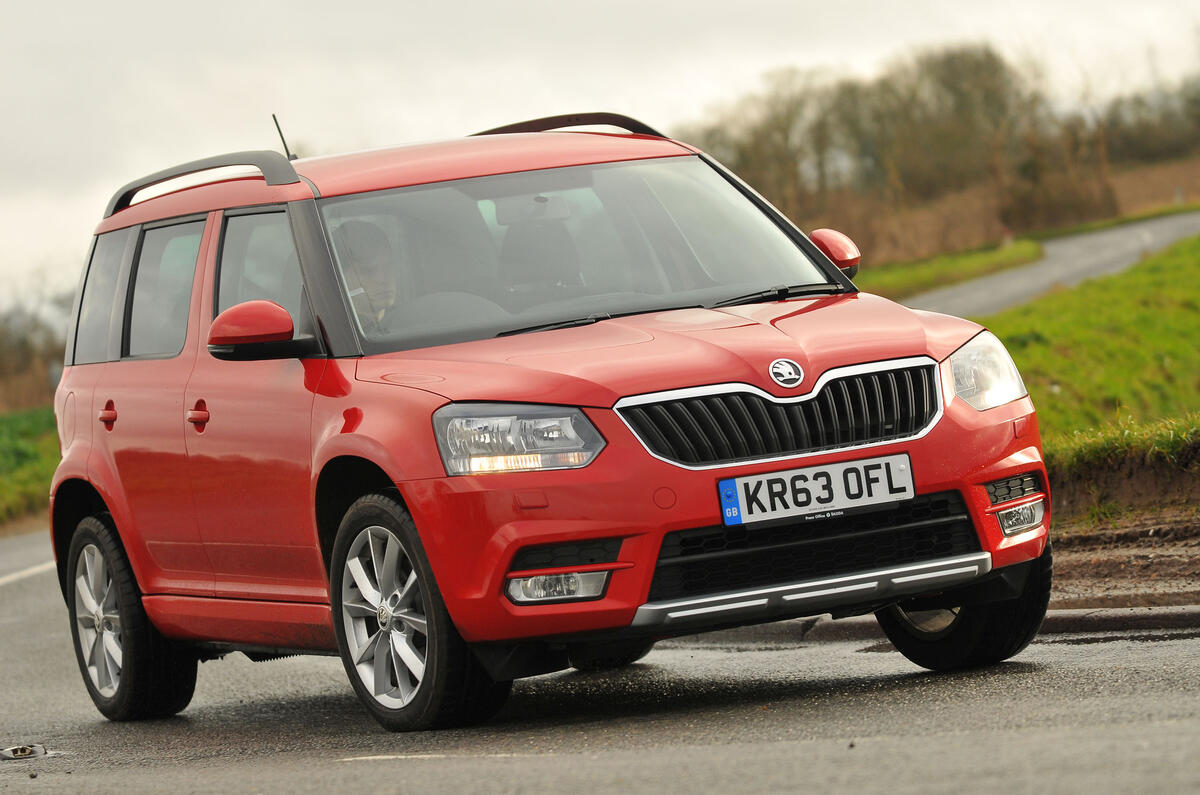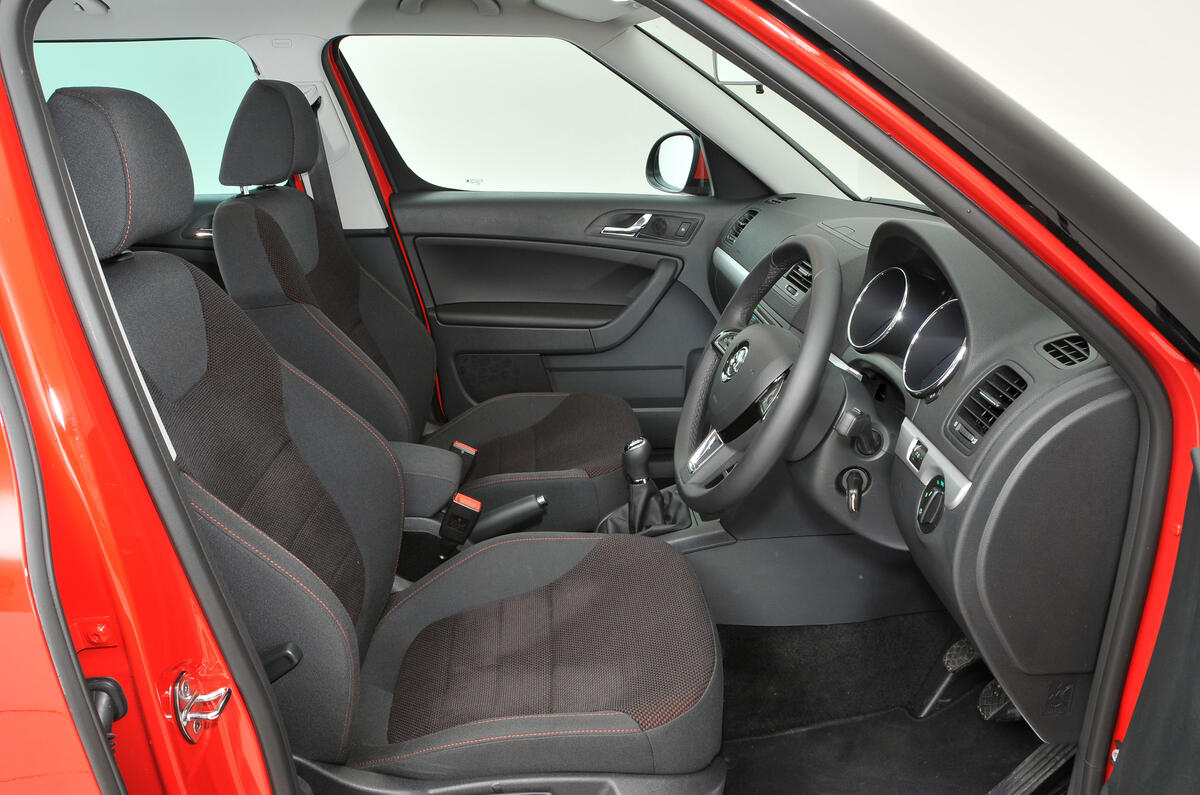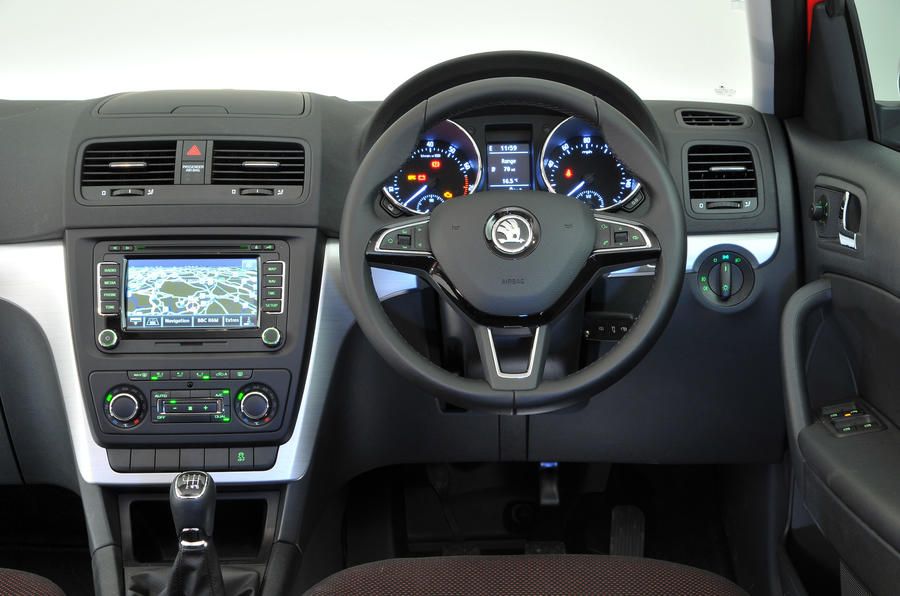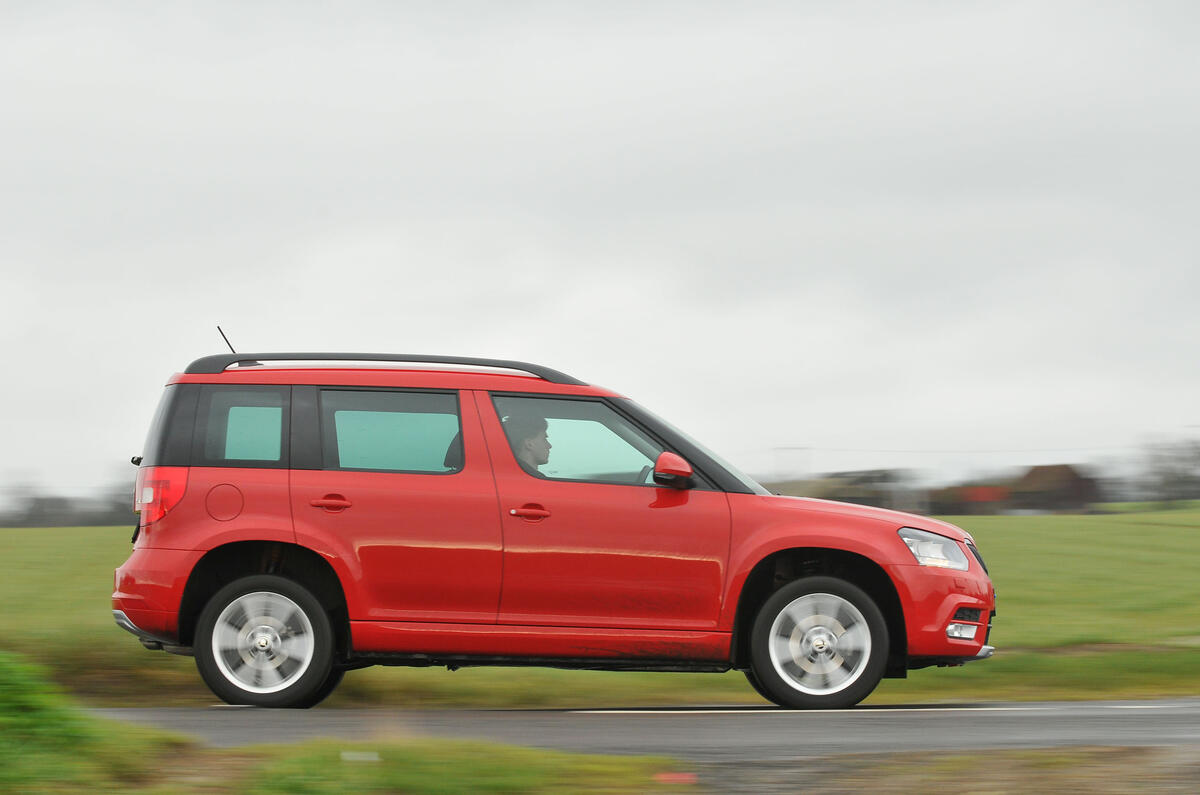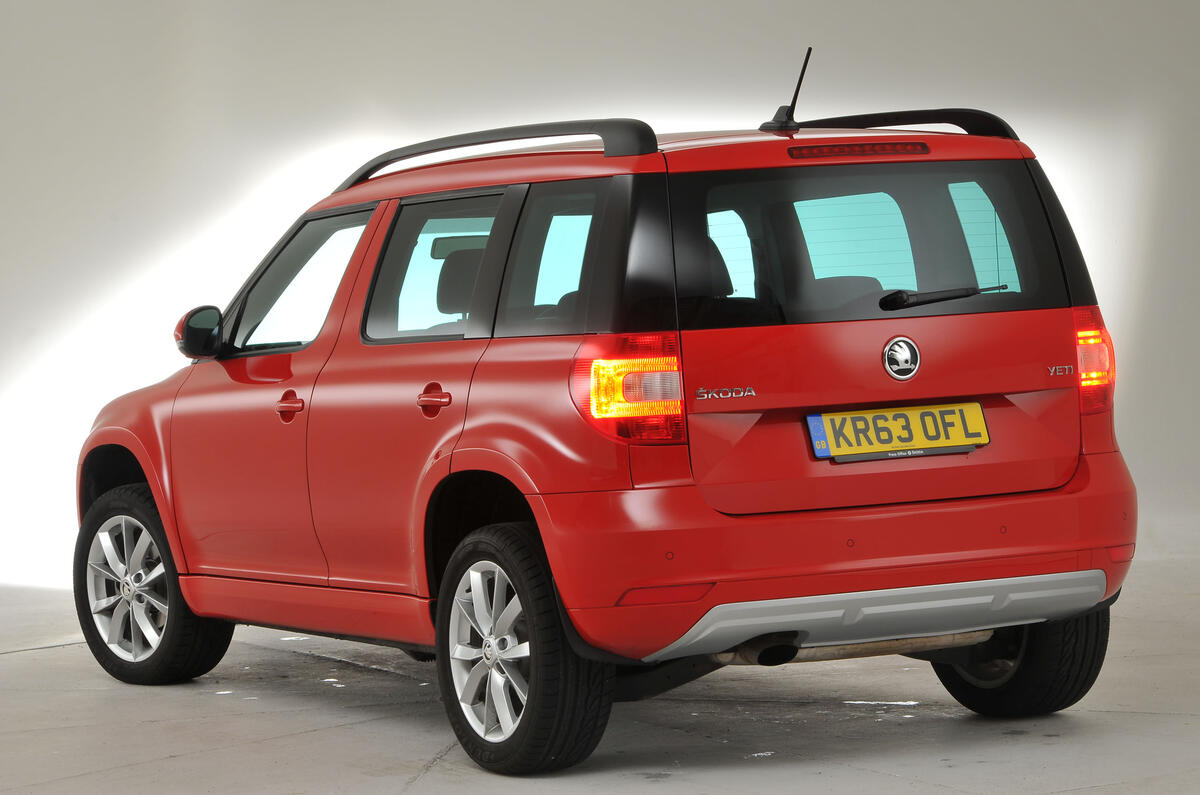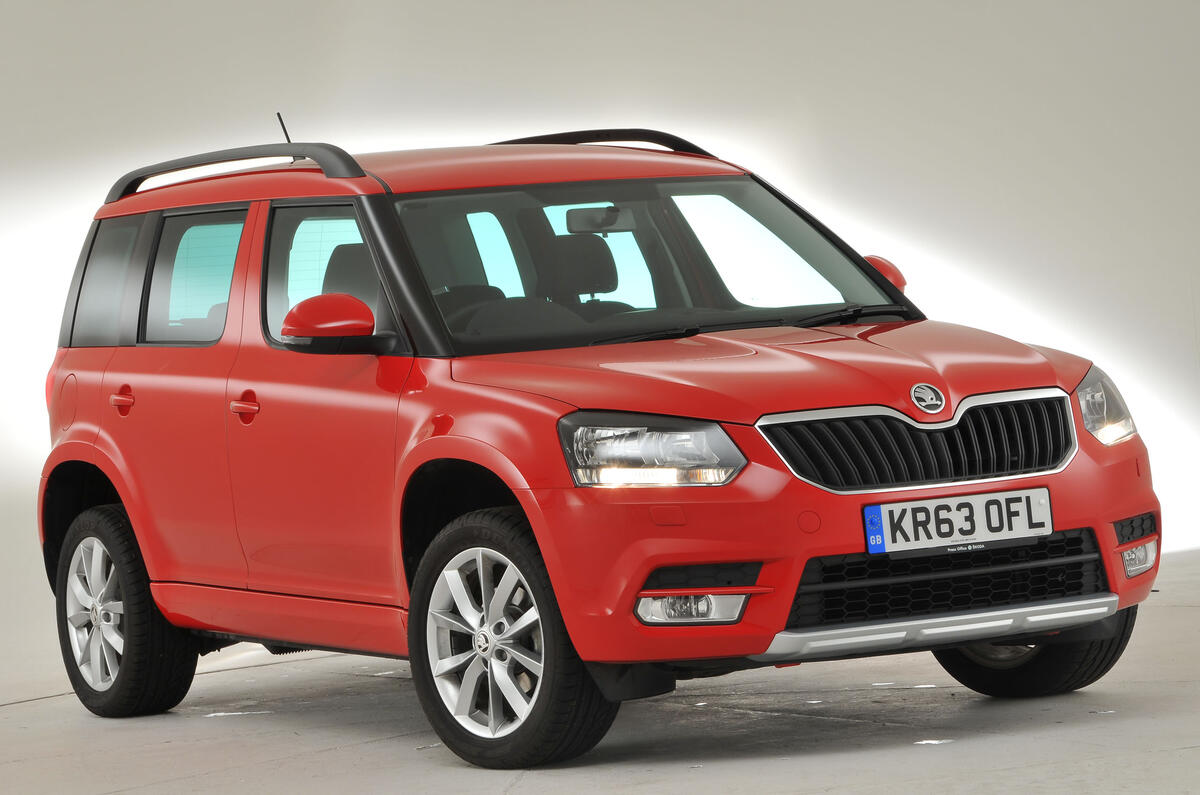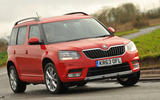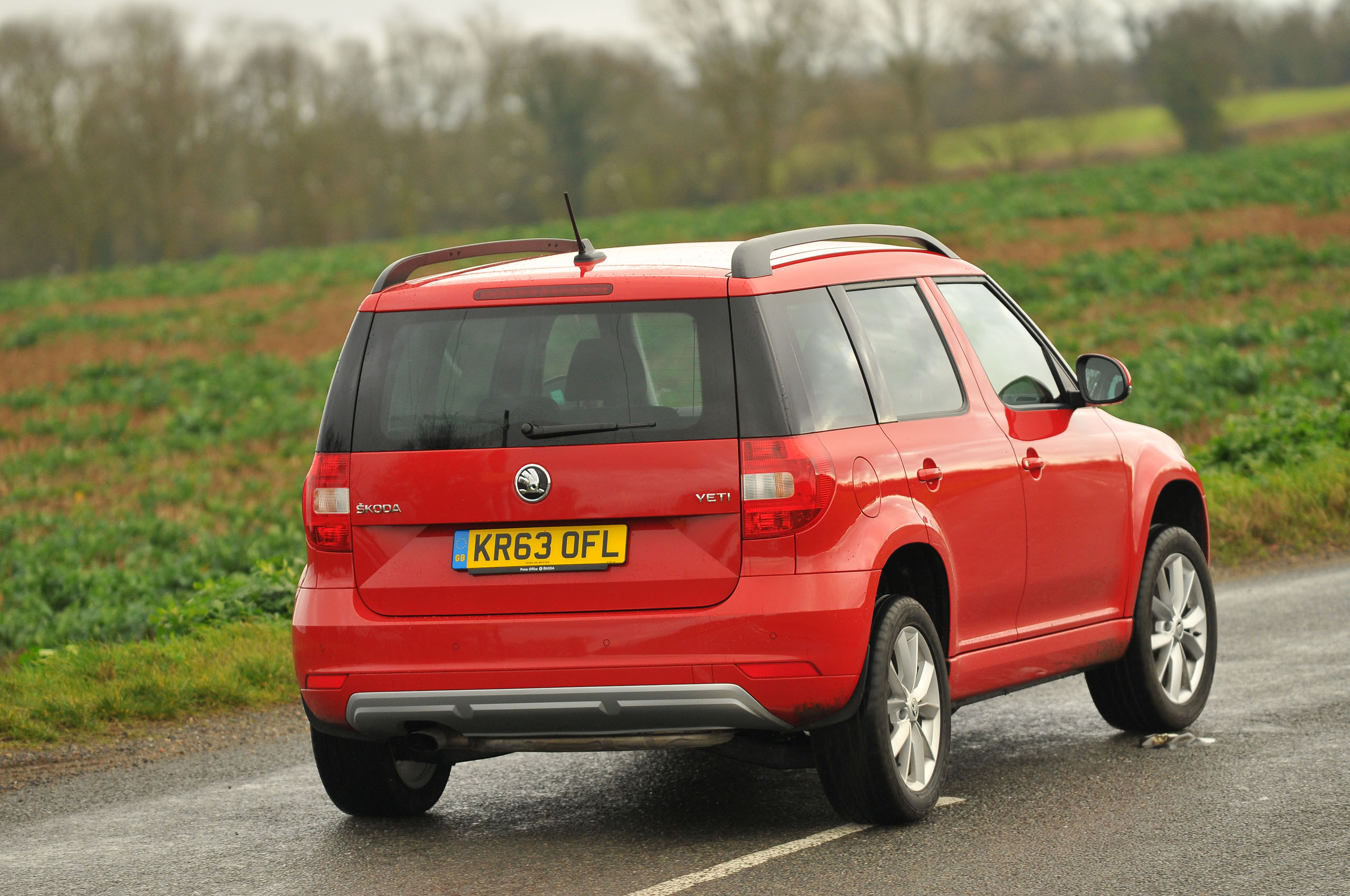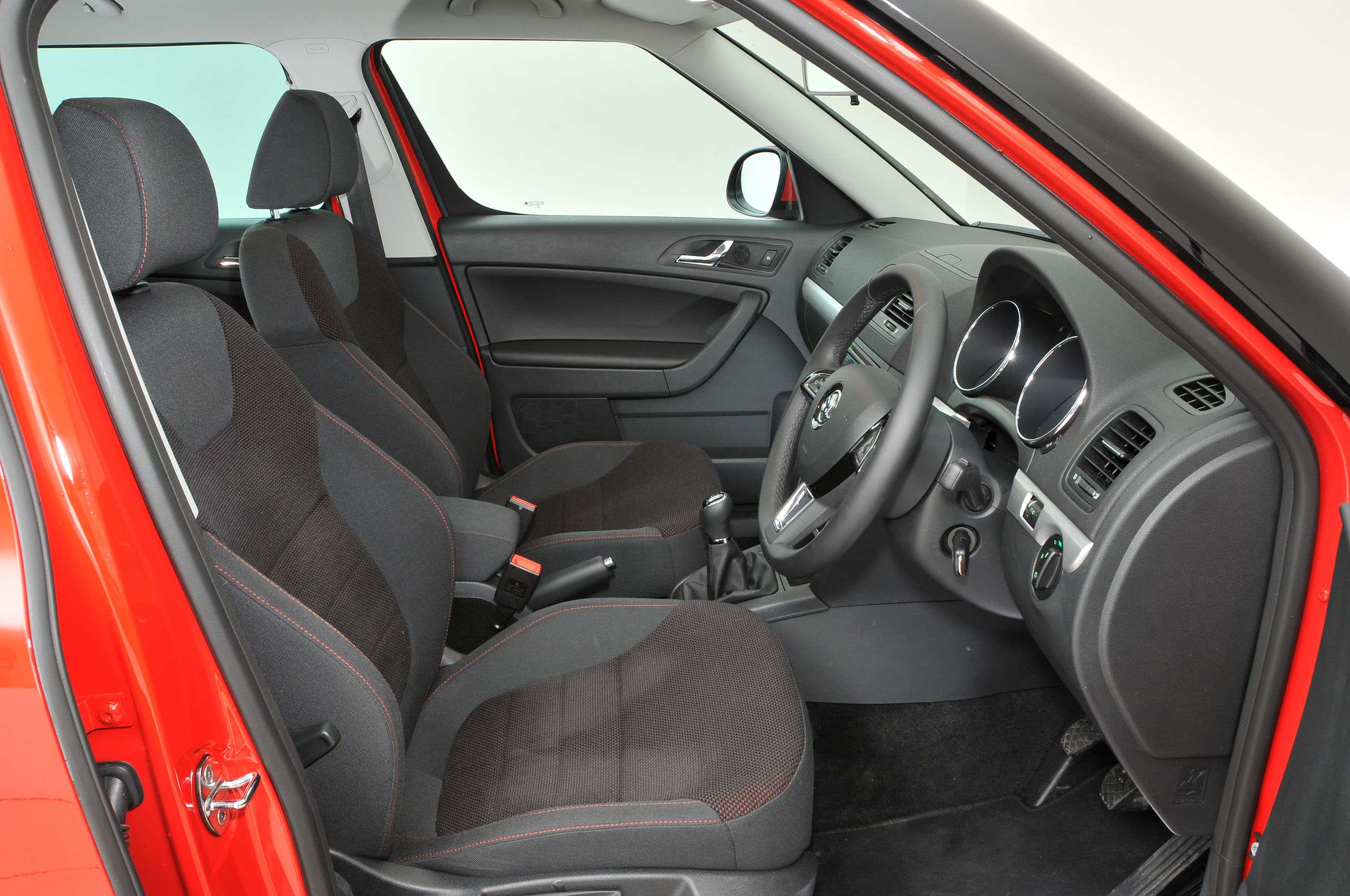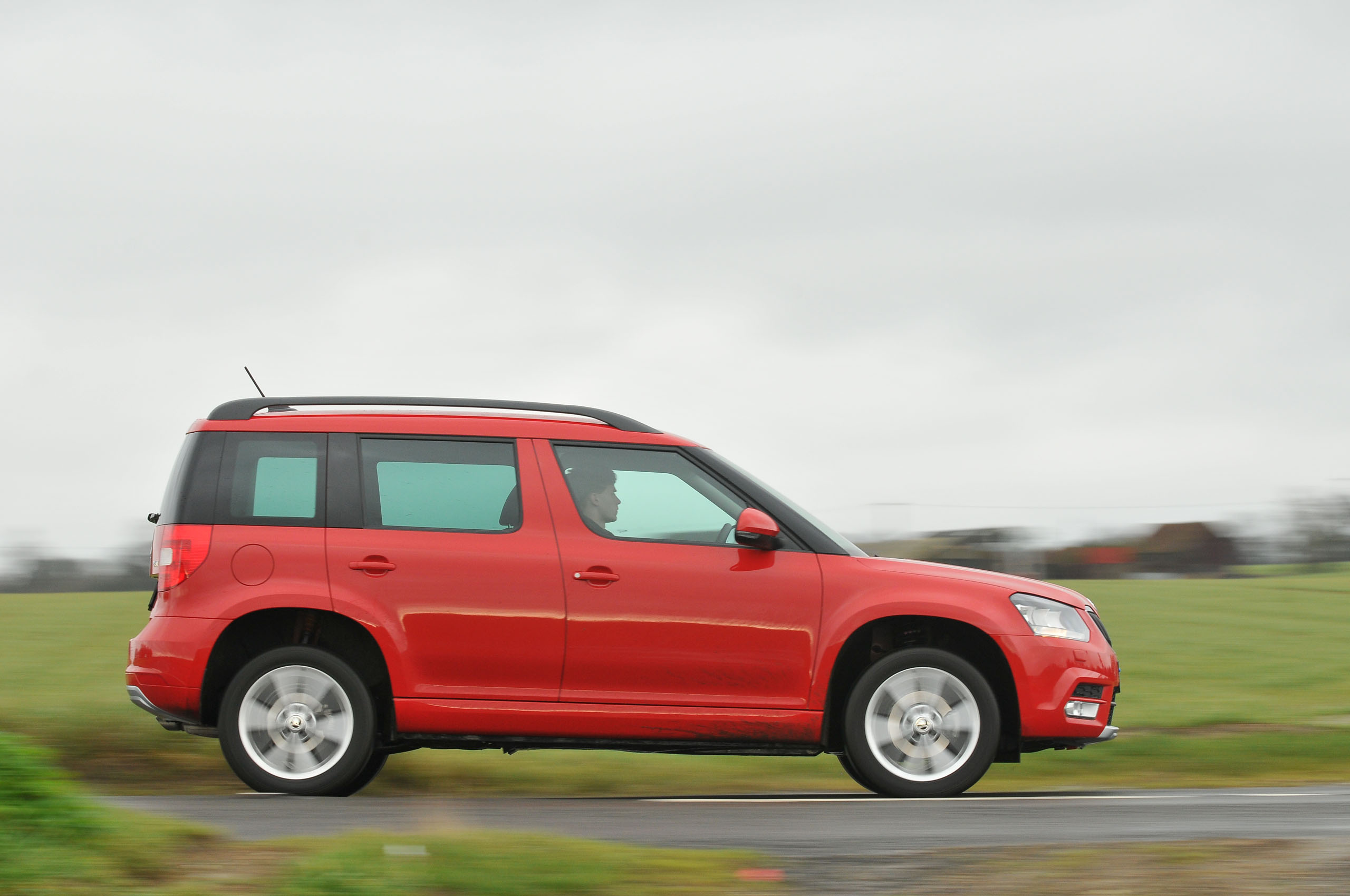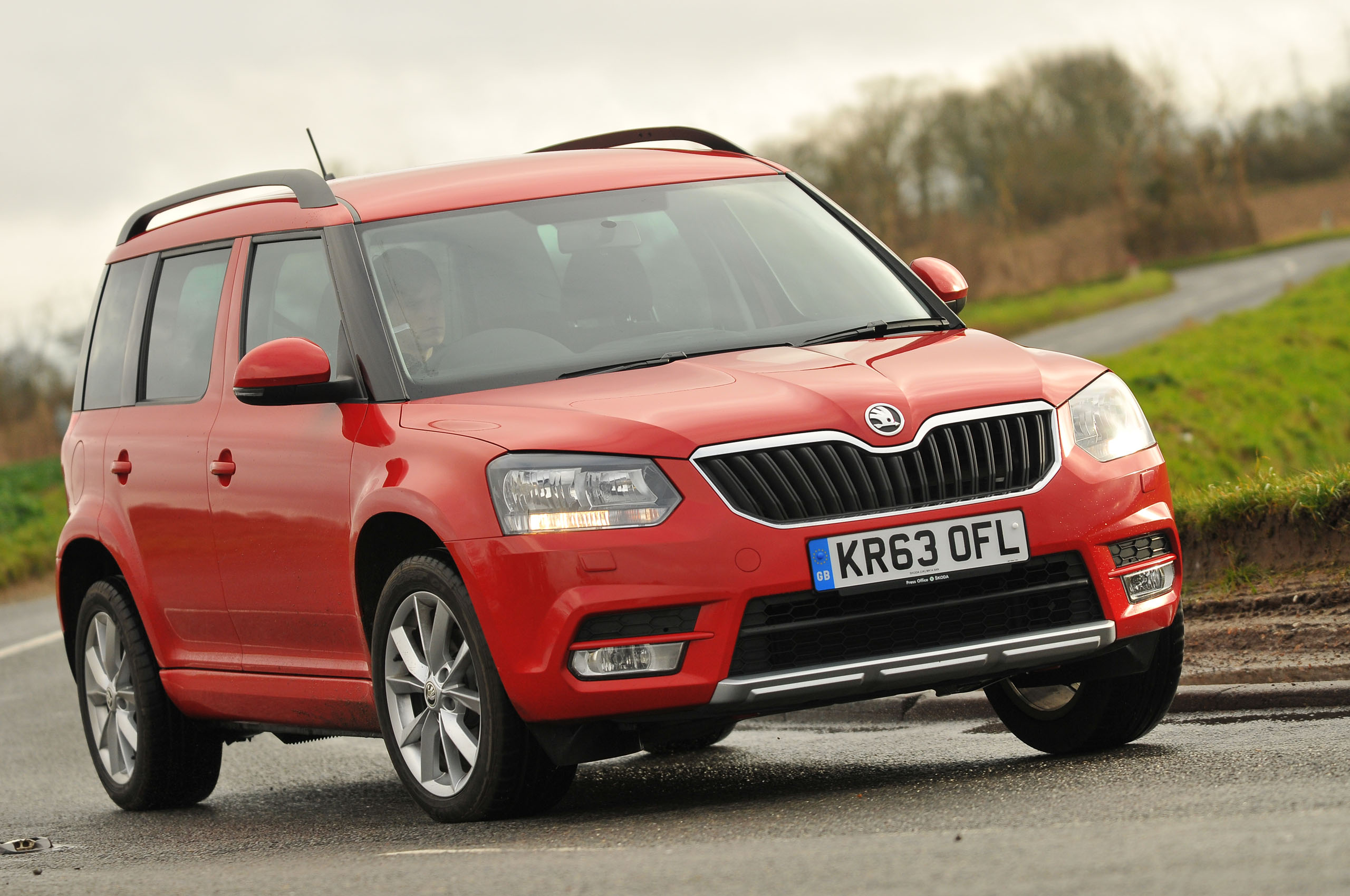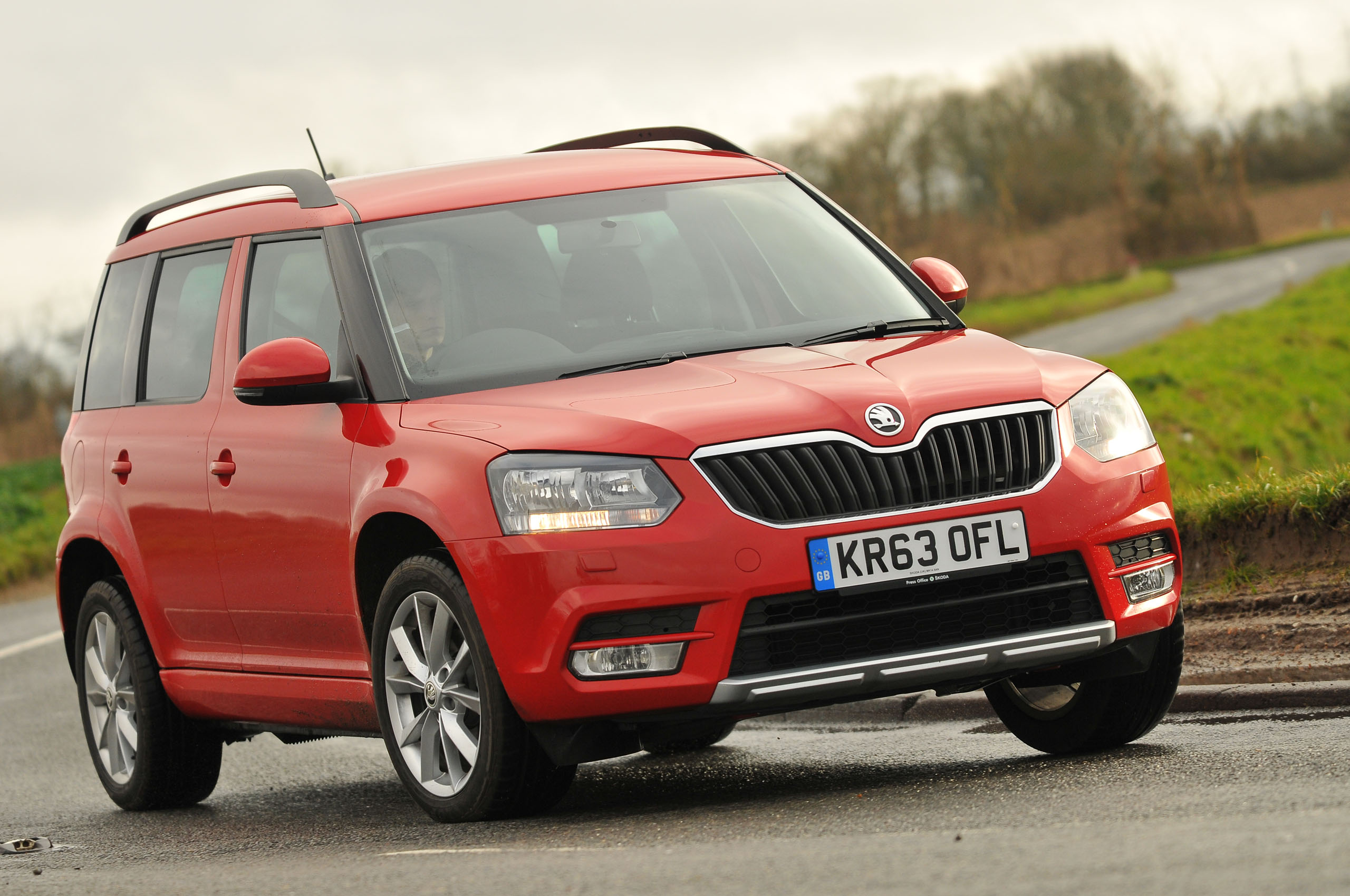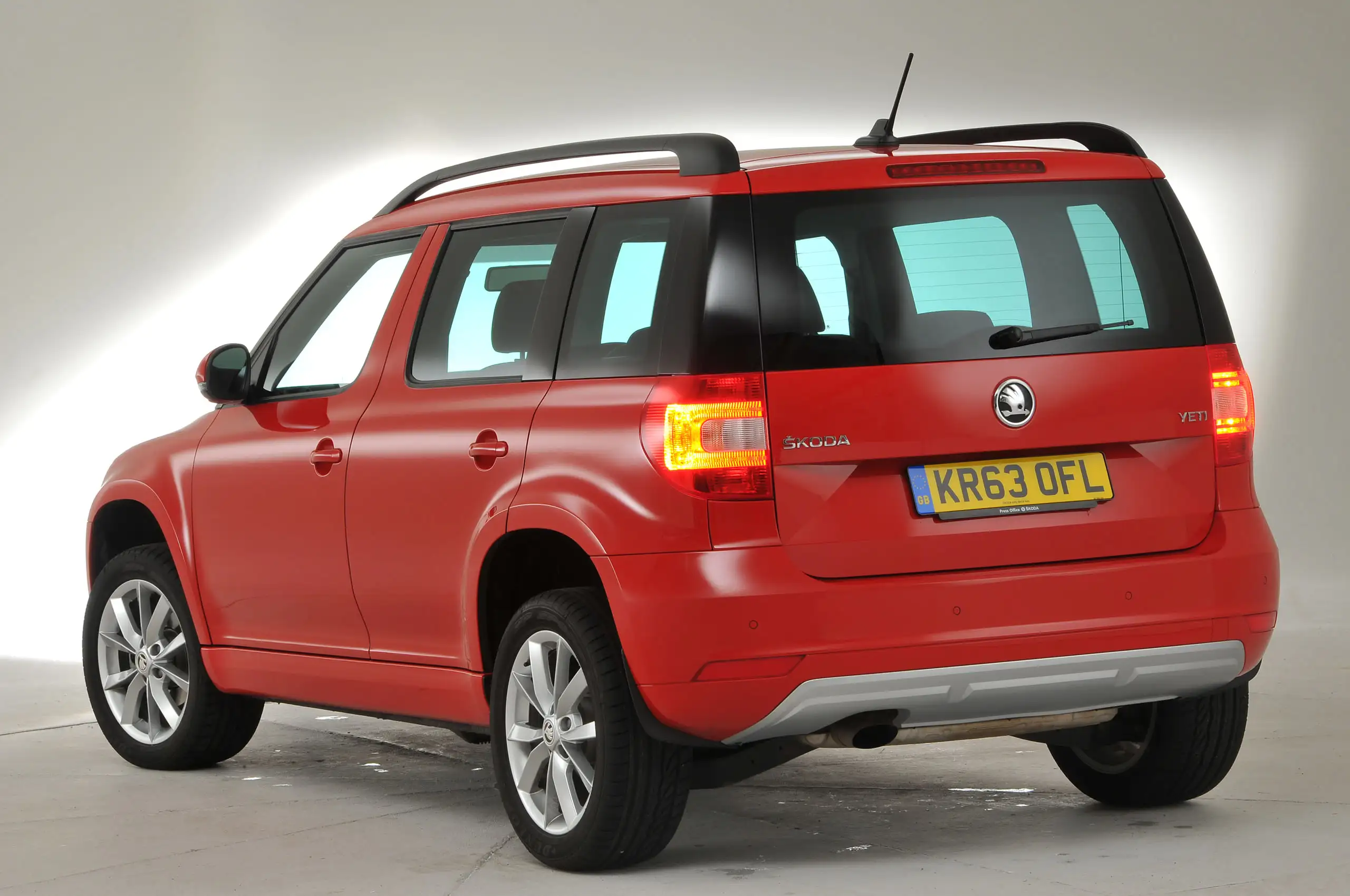The Skoda Yeti, first launched in 2009, can persuasively lay claim to a place among the original members of the crossover segment. With tall, chunky styling and tidy, hatchback-sourced handling, it was certainly an early marker for how appealing the new concept could potentially be.
Treated to a facelift in 2014, the range was subsequently split in two: the standard Yeti was available as a two-wheel-drive model (now defunct), while the four-wheel drive version is now dubbed the Yeti Outdoor (although its extra heft can be had with front drive if you insist).
However, what continues to really split the car apart is its slightly unusual size. At only 4.2 metres long, its blocky proportions and silhouette are somewhere between a Fiat Panda 4x4 and a conventional C segment offering, such as the Volkswagen Tiguan, Nissan Qashqai and Seat Ateca. The venerable Yeti is now entering its twilight years with the Skoda ditching the chunky, blocky design for a more charismatic look which the Skoda Kodiaq wears. The new Karoq will give Skoda a new dimension in a crowded and rather intimidating segment, but until then we are focussed on its trailblazing sibling.
The Yeti's price, especially in the higher trim levels, continues to push it away from the Fiat Pandas of the world and more towards the Seat Atecas and Nissan Qashqais - especially as you move up the engine range into the higher-powered 2.0-litre diesels and climb towards the top of the specification list, or begin ticking option boxes. Now the veteran of the class, we find out whether the Yeti still can cut the mustard amongst younger rivals, or whether the Karoq can't come quickly enough.


